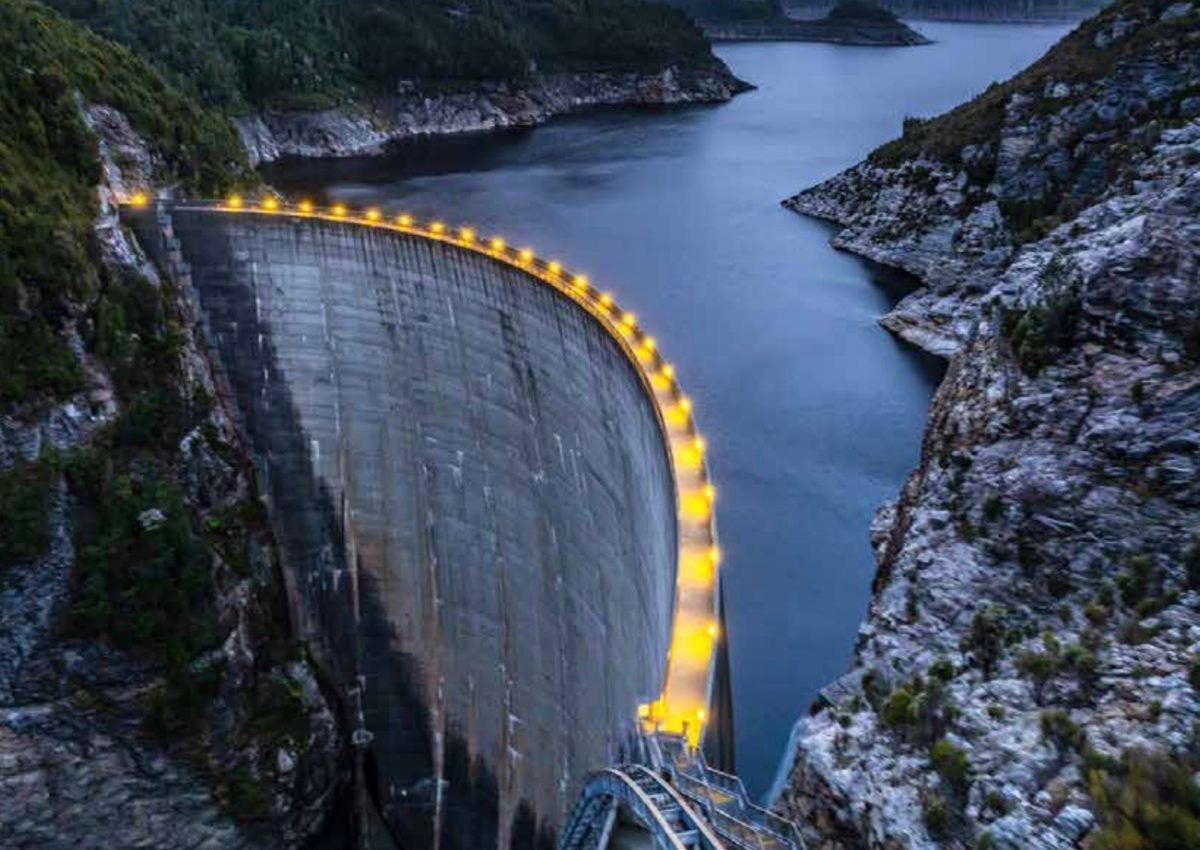From Cornwall Insight Australia.
The Tasmanian government have announced that they will set a target to double their current renewable generation by 2040. Based on current market dynamics, this means that Tasmania will likely need consistent renewable generation of around 2.4 GW (assuming average requirements) or 3.4 GW (if scaled to peak demand). This opportunity to double renewable generation in Tasmania is primarily a catalyst for Project Marinus and Battery of the Nation (BOTN) projects. By way of reminder:
- Project Marinus would see a 1,500 MW interconnector built between Tasmania and Victoria unlocking the potential for greater transfer of power between regions.
- BOTN seeks to expand the development of pumped hydro and wind assets.
It is important to mention that Tasmania is on track to be self-sufficient by 2022, however the Tasmanian Renewable Energy Target (TRET) would put Tasmania well ahead of other states in the NEM and potentially globally when it comes to operating a renewable power portfolio reliably.
Tasmania has around 3.3 GW of capacity (2.3 GW of hydro); more than sufficient to meet the state’s winter-peaking demand profile (on average ~1.1 GW, peaking at ~1.7GW). Typically, Tasmania is a net exporter in winter and a net importer in other months. In the year-to-date (Cal 2020), aggregate TAS generation from hydro and wind exceeded local demand. On an interval basis, however, they only achieved this feat 60% of the time, with around 90% of demand being met by renewables on average.
Interestingly, Tasmania is increasingly able to support high levels of asynchronous generation (wind and imports) without the need of thermal units to maintain system security due to hydro being able to provide the synchronous requirements necessary. Figure 1 shows this relationship where in recent months, when Tasmania’s demand has been lower, Tasmania has been able to support >70% generation from asynchronous sources (wind and imports) while also maintaining almost entirely renewable generation locally – a potential blueprint for clean reliable energy for the future.

Tasmania have also flagged that from 2030, they aim to be a producer and exporter of renewable hydrogen. The development of a hydrogen industry in Tasmania will result in a significant increase in local demand which will be well met by Tasmania’s BOTN initiative and Marinus Link. For example, Origin are exploring the potential for a 500 MW electrolyser at Bell Bay – the electrolyser size represents almost half of Tasmania’s current energy requirements. As the industry expands it remains to be seen whether Tasmania can build a hydrogen export industry and be the Battery of the Nation for the mainland NEM.
Author: Jake Dunstan, Senior Analyst, Cornwall Insight Australia
The views and opinions expressed in this article are the author’s own, and do not necessarily reflect those held by pv magazine.
This content is protected by copyright and may not be reused. If you want to cooperate with us and would like to reuse some of our content, please contact: editors@pv-magazine.com.








By submitting this form you agree to pv magazine using your data for the purposes of publishing your comment.
Your personal data will only be disclosed or otherwise transmitted to third parties for the purposes of spam filtering or if this is necessary for technical maintenance of the website. Any other transfer to third parties will not take place unless this is justified on the basis of applicable data protection regulations or if pv magazine is legally obliged to do so.
You may revoke this consent at any time with effect for the future, in which case your personal data will be deleted immediately. Otherwise, your data will be deleted if pv magazine has processed your request or the purpose of data storage is fulfilled.
Further information on data privacy can be found in our Data Protection Policy.